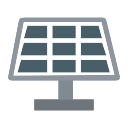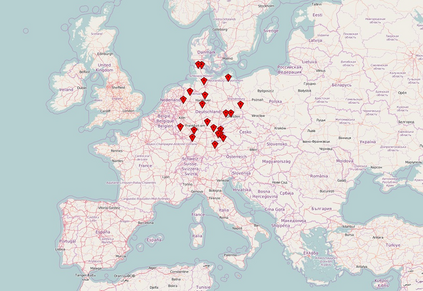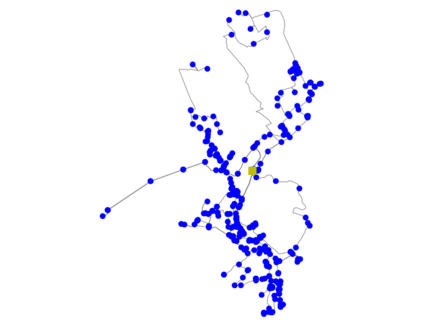Compared with traditional deep learning techniques, continual learning enables deep neural networks to learn continually and adaptively. Deep neural networks have to learn new tasks and overcome forgetting the knowledge obtained from the old tasks as the amount of data keeps increasing in applications. In this article, two continual learning scenarios will be proposed to describe the potential challenges in this context. Besides, based on our previous work regarding the CLeaR framework, which is short for continual learning for regression tasks, the work will be further developed to enable models to extend themselves and learn data successively. Research topics are related but not limited to developing continual deep learning algorithms, strategies for non-stationarity detection in data streams, explainable and visualizable artificial intelligence, etc. Moreover, the framework- and algorithm-related hyperparameters should be dynamically updated in applications. Forecasting experiments will be conducted based on power generation and consumption data collected from real-world applications. A series of comprehensive evaluation metrics and visualization tools can help analyze the experimental results. The proposed framework is expected to be generally applied to other constantly changing scenarios.
翻译:与传统的深层学习技术相比,持续学习使深神经网络能够持续和适应地学习。深神经网络必须学习新的任务,克服忘记从旧任务中获得的知识,因为数据数量在应用中不断增加。在本条中,将提出两个持续学习的情景,以描述这方面的潜在挑战。此外,根据我们以前关于CleaR框架的工作,这一框架对于不断学习回归任务来说是短的,将进一步开展工作,使模型能够自我扩展并连续地学习数据。研究课题与持续深层次学习算法、数据流中非常态检测战略、可解释和可视化的人工智能等有关,但不限于这些。此外,框架和与算法有关的超参数应在应用中动态更新。预测实验将以从现实世界应用中收集的发电和消费数据为基础进行。一系列综合评价指标和可视化工具将有助于分析实验结果。预期拟议的框架将普遍适用于其他不断变化的情景。
相关内容
Source: Apple - iOS 8















